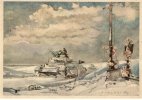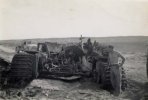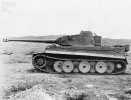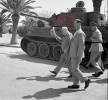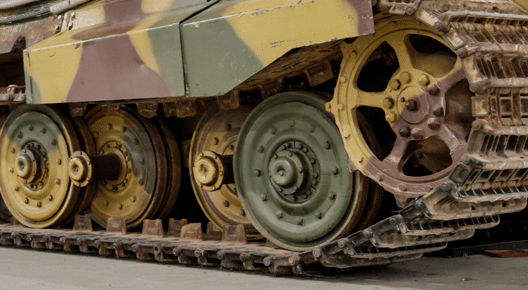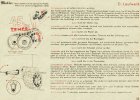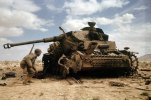- Joined
- Oct 11, 2010
- Messages
- 13,289
- Reaction score
- 8,403
- Age
- 61
The last Ferdinand produced at a factory in Nibelungenwerk, May 8, 1943.

Austrian St. Valentine is a small farming village whose population did not exceed 2,000 inhabitants by the beginning of the war. It was here that the Nibelungenwerk factory was located, which created almost 5,000 German tanks and self-propelled guns.
Today, the former Nibelungenwerk and the associated grounds belong to the Canadian automotive supplier Magna International. The agricultural machinery manufacturer CNH Global has its European headquarters in St. Valentin and uses three former Nibelungenwerk halls for the production of tractor cabins. The former Nibelungenwerk's entrance building and canteen are still in use, and the hall located to the east is used by Magna International for the production of vehicle components. Testing of tractors, occurs where the deadly Ferdinand (among others) once experienced.

Austrian St. Valentine is a small farming village whose population did not exceed 2,000 inhabitants by the beginning of the war. It was here that the Nibelungenwerk factory was located, which created almost 5,000 German tanks and self-propelled guns.
Today, the former Nibelungenwerk and the associated grounds belong to the Canadian automotive supplier Magna International. The agricultural machinery manufacturer CNH Global has its European headquarters in St. Valentin and uses three former Nibelungenwerk halls for the production of tractor cabins. The former Nibelungenwerk's entrance building and canteen are still in use, and the hall located to the east is used by Magna International for the production of vehicle components. Testing of tractors, occurs where the deadly Ferdinand (among others) once experienced.






























